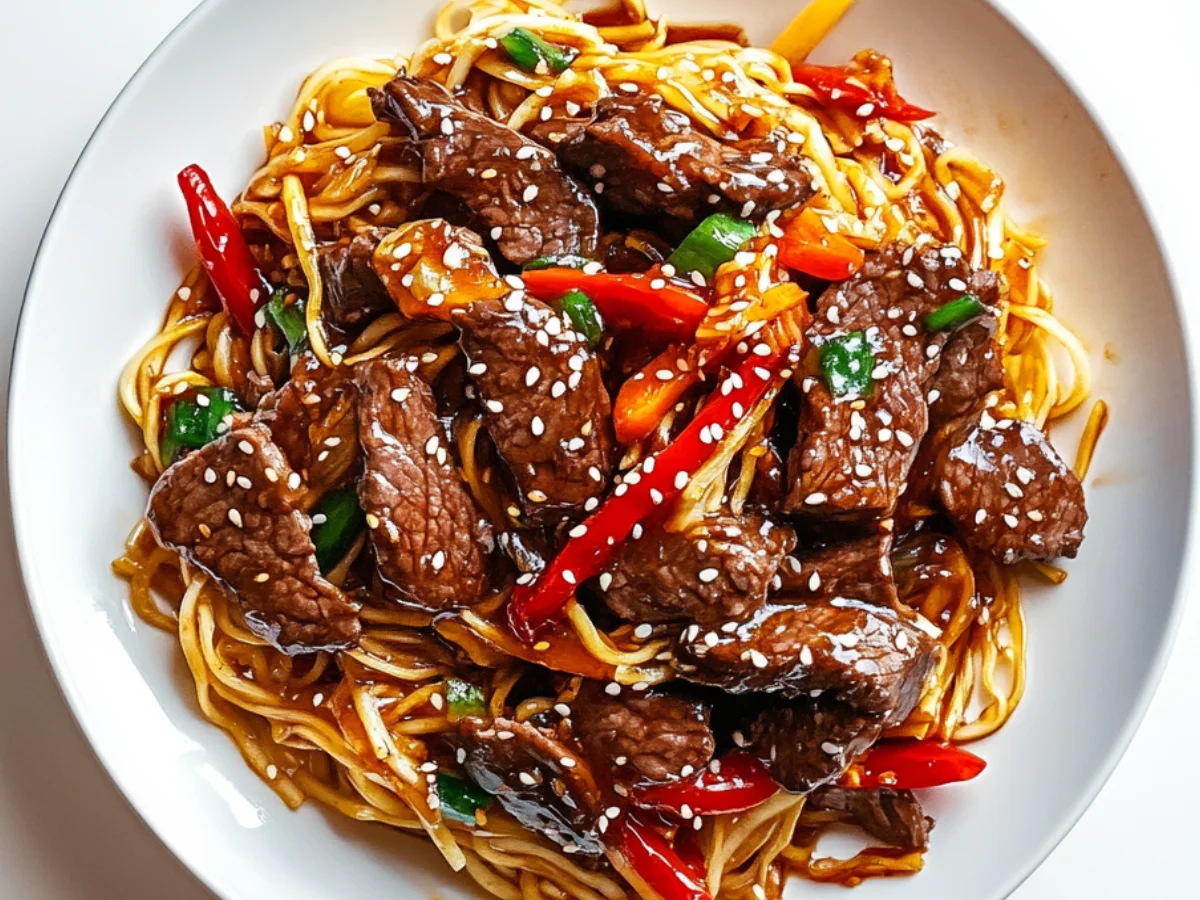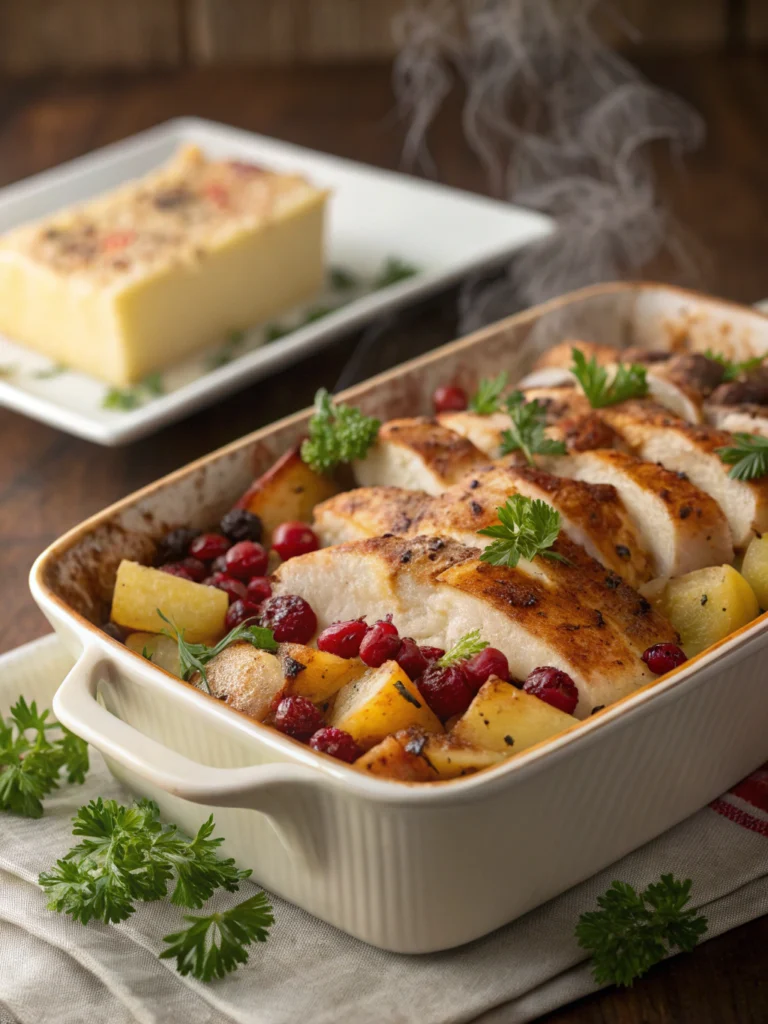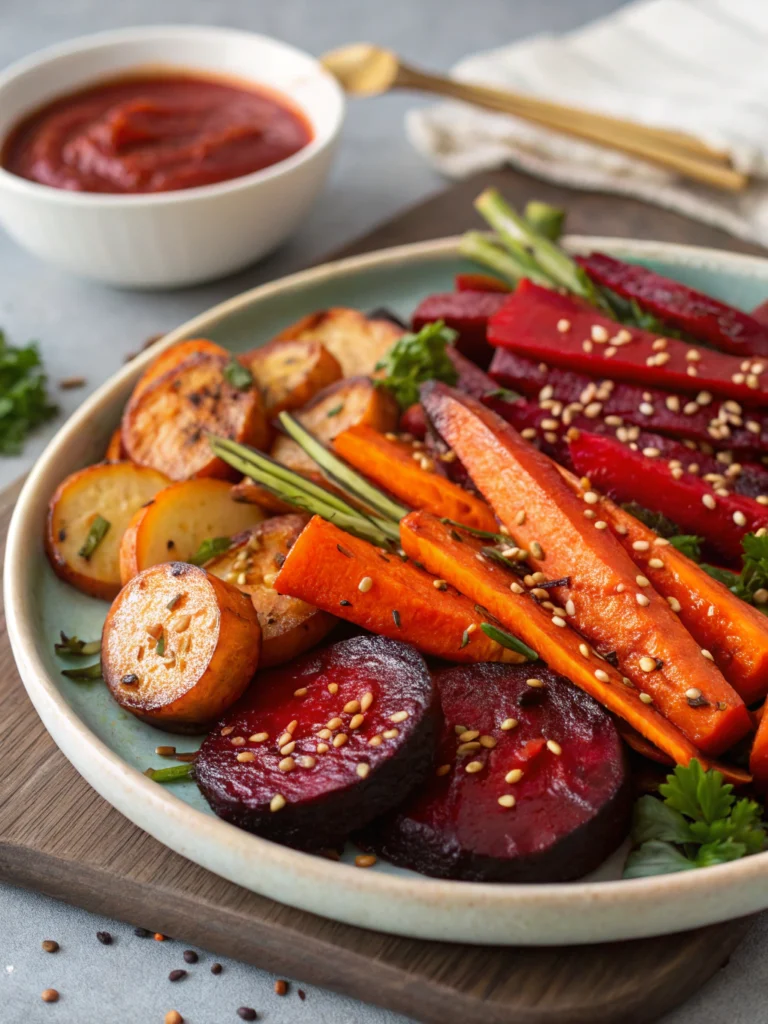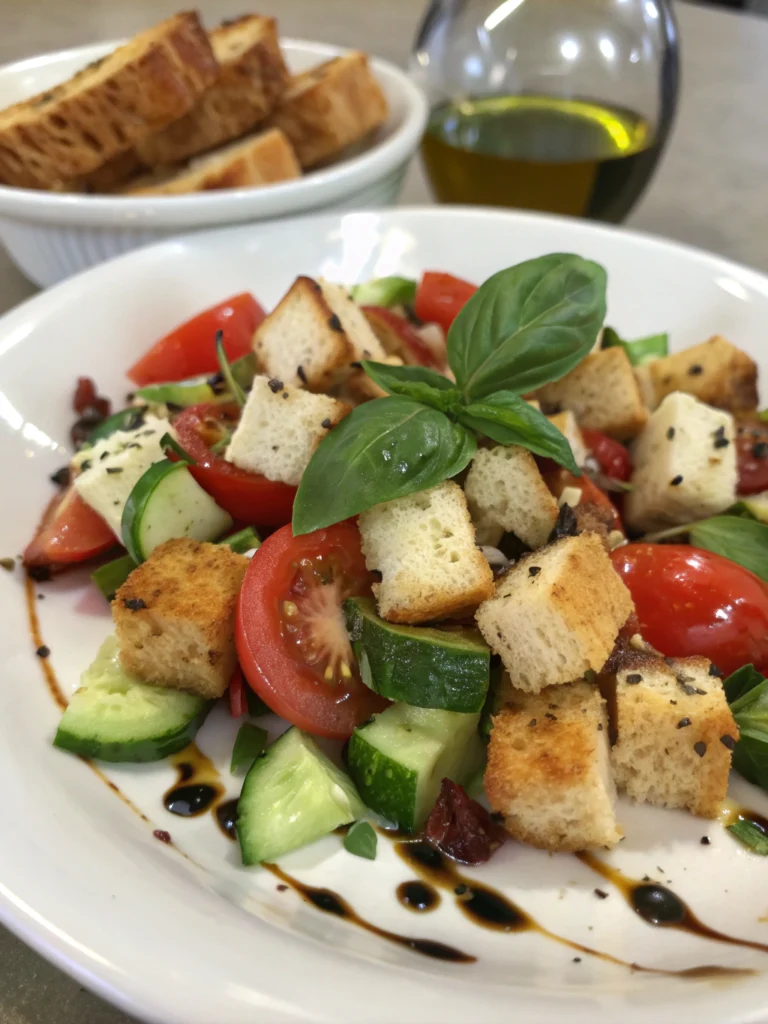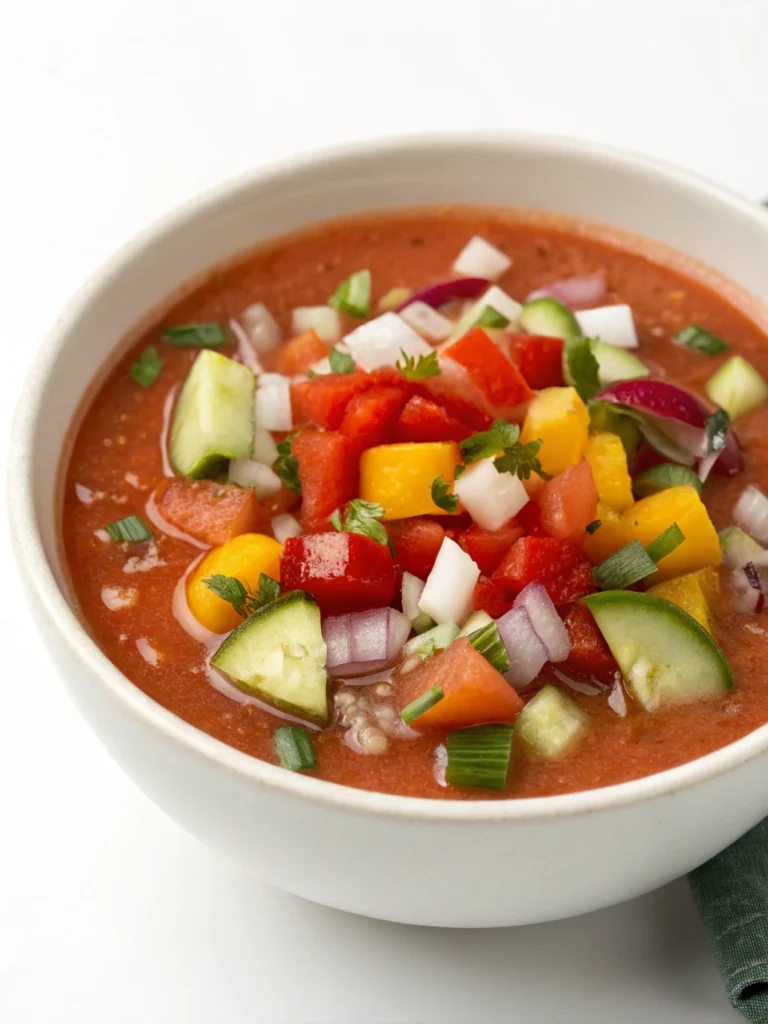Who doesn’t love a quick and satisfying meal that’s ready in under 30 minutes? I’m excited to share with you my go-to beef stir fry recipe that’s perfect for busy weeknights. This dish combines tender strips of beef with colorful vegetables in a savory sauce, making it a flavorful and easy dinner option.
Not only is this homemade stir fry healthier and more economical than takeout, but it also delivers restaurant-quality flavor. The best part? It’s highly versatile, allowing you to customize based on available ingredients and personal preferences.
Key Takeaways
- Quick and easy dinner solution ready in under 30 minutes
- Healthier and more economical than takeout
- Customizable based on available ingredients and preferences
- Delivers restaurant-quality flavor
- Perfect for busy weeknights
- Combines tender beef with colorful vegetables in a savory sauce
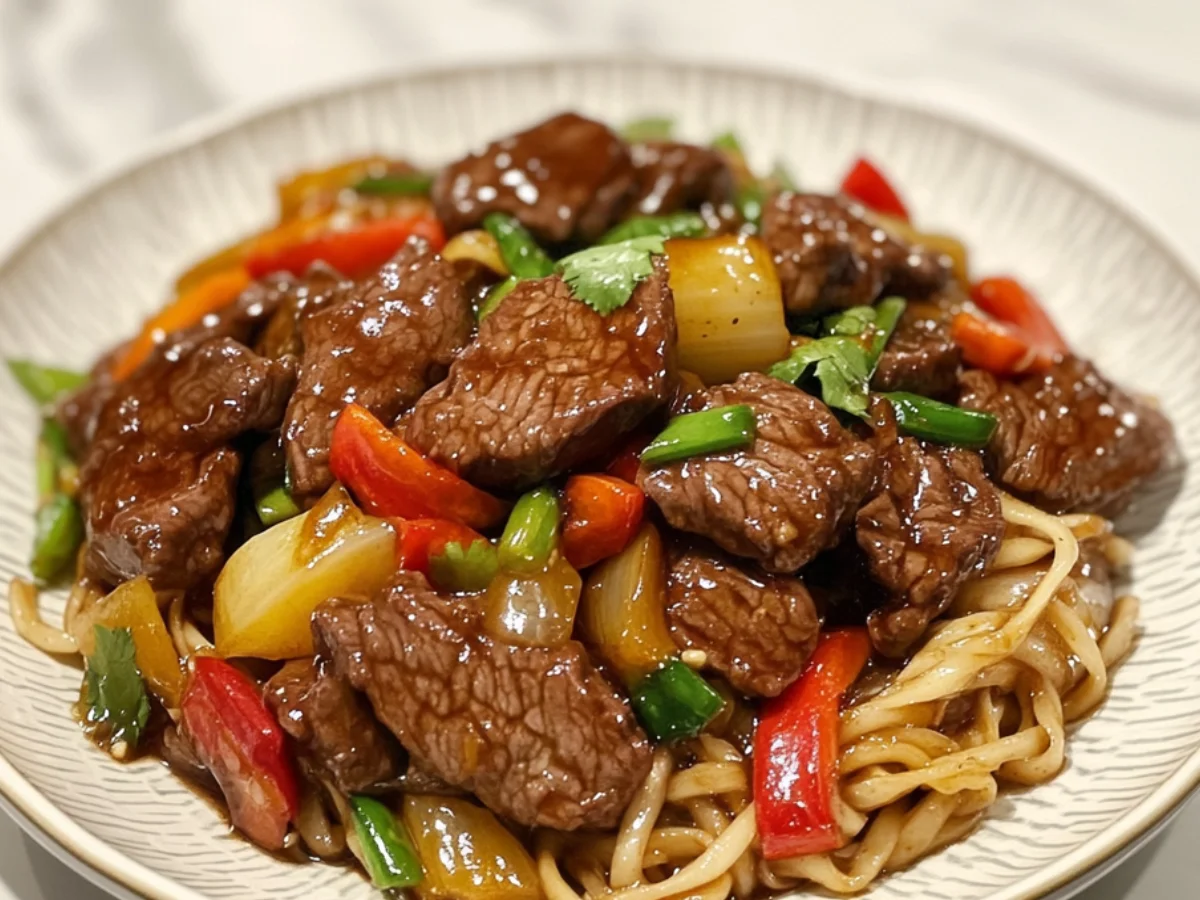
Quick & Flavorful Weeknight Dinner
For a quick and satisfying meal, this beef stir fry recipe is a game-changer for busy weeknights. This stir fry is packed with strips of beef steak, veggies, and saucy flavors, making it a perfect dinner solution.
It’s ready in just 30 minutes, saving you time and effort. The combination of lean protein from beef and plenty of colorful veggies makes for a balanced and nutritious meal. Plus, this recipe is healthier and cheaper than takeout, and can be adapted based on the ingredients you have on hand.
By making stir fry at home, you can control the ingredients, reducing sodium and unnecessary additives found in takeout versions. This results in a restaurant-quality dinner that your whole family will enjoy.
Best Cuts of Beef for Stir Fry
The key to a fantastic beef stir fry lies in choosing the perfect beef cut. For a stir fry, it’s essential to select a cut that is not only flavorful but also tender and suitable for quick cooking.
Flank steak is often considered the ideal choice due to its lean nature and rich flavor. However, other options like sirloin steak, skirt steak, and Denver steak can also be used, each offering unique characteristics.
For those on a budget, beef chuck is an economical option, though it requires extra trimming to remove tough tissue. Slicing the beef into thin strips against the grain is crucial for tender meat. The right cut with the optimal balance of protein and fat ensures a delicious stir fry.
Essential Beef Stir Fry Recipe Ingredients
The secret to an authentic Asian-inspired beef stir fry lies in the sauce, which is a perfect blend of savory, sweet, and aromatic flavors. This sauce is what elevates the dish from a simple stir-fry to a culinary experience.
For the Beef and Vegetables
Selecting the right beef and vegetables is crucial. For the beef, I prefer cuts like sirloin or ribeye that are tender and cook quickly. For vegetables, a mix of colorful bell peppers, crunchy broccoli, and snap peas adds texture and flavor. Freshness is key, so choose vegetables that are vibrant and have no signs of wilting.
For the Stir Fry Sauce
The stir fry sauce is a harmonious blend of several key ingredients. Low-sodium beef broth and low-sodium soy sauce form the base, providing a rich umami flavor without excessive salt. Honey adds a touch of sweetness, balancing out the savory flavors. Sesame oil, fresh ginger, and garlic contribute to the aromatic profile, making the dish more complex and engaging. Finally, cornstarch acts as a thickening agent, giving the sauce a glossy finish that clings to the beef and vegetables.
By combining these elements, you create a sauce that is not only flavorful but also has a great texture. The key is to balance the ingredients so that no single flavor overpowers the others, resulting in a dish that is both authentic and delicious.
Kitchen Equipment You’ll Need
To make a delicious beef stir-fry, having the right kitchen equipment is crucial. A wok is the ideal cooking vessel due to its large size and sloping sides, allowing for easy stirring and flipping of food. It cooks food quickly and with less oil.
If you don’t have a wok, a large skillet or pan can be used as an alternative, though you may need to cook the meat and vegetables in batches. Other essential tools include a sturdy spatula or cooking tongs for quick stir-fry movements, a sharp knife, and a cutting board.
- A wok or large skillet
- A sturdy spatula or cooking tongs
- A sharp knife and cutting board
- Small bowls for pre-cut ingredients
Preparation Steps
Before we dive into cooking, let’s prepare the ingredients for our beef stir fry. Proper preparation is key to a smooth and enjoyable cooking experience.
Prepping the Beef
Start by slicing the beef into thin strips. This ensures it cooks evenly and quickly. I recommend using a sharp knife to get clean cuts.
Chopping the Vegetables
Next, chop your chosen vegetables into bite-sized pieces. For a colorful stir fry, consider using bell peppers, carrots, and broccoli. Make sure they’re ready to go into the wok or skillet.
Making the Sauce
Add the sauce ingredients to a bowl and whisk together thoroughly. Include soy sauce, ginger, and cornstarch for a balanced flavor. Whisking is crucial to prevent lumps, especially when combining the cornstarch with the liquid ingredients. Taste and adjust the sauce before cooking to balance the flavors. You can prepare the sauce
- Combine sauce ingredients in the proper order.
- Whisk thoroughly to prevent lumps.
- Taste and adjust before cooking.
- Prepare ahead and refrigerate for later.
Step-by-Step Beef Stir Fry Recipe
With our beef, vegetables, and sauce ready, it’s time to bring everything together in a sizzling beef stir fry. This final stage of cooking is crucial, as it’s where all the flavors meld together.
Cooking the Beef
Start by cooking the beef in a hot skillet until it’s browned and cooked through. I recommend using high heat to achieve a nice sear on the beef, which enhances the overall flavor of the dish.
Stir-Frying the Vegetables
Next, stir-fry the vegetables in the same skillet until they’re tender-crisp. This step is important for maintaining the texture and color of the veggies.
Combining and Finishing
Add the veggies back to the skillet and pour in the sauce. Stir everything together until the ingredients are well coated and the sauce has thickened, which should take about 1-3 minutes. To check if the sauce is ready, look for a glossy appearance or test it by coating the back of a spoon. Once done, take the skillet off the heat and serve immediately over rice or noodles. You can garnish with sesame seeds or sliced green onions for added flavor and presentation.
Pro Tips for Perfect Beef Stir Fry
Elevating a basic beef stir fry to a restaurant-quality dish requires some expert tips. To start, it’s crucial to heat your pan and oil properly before adding your ingredients; they should sizzle as soon as they hit the pan. Using an oil with a high smoke point, such as canola or peanut oil, is also essential for achieving the best stir-fry results.
Other key techniques include velveting your meat with cornstarch and egg white for ultra-tender beef, maintaining constant movement and quick cooking to prevent overcooking, and timing the addition of aromatics like garlic and ginger to maximize flavor without burning.
Additionally, achieving the perfect sauce consistency is vital; adjust the thickness by adding more cornstarch or liquid as needed. By incorporating these professional tips, you can significantly enhance your beef stir fry cooking skills.
Delicious Variations to Try
One of the best things about a beef stir fry recipe is its versatility. You can easily modify it to suit your taste preferences or dietary needs.
Here are some ideas to get you started:
Vegetable Substitutions
Feel free to swap out vegetables to keep your stir fry interesting. Try using bell peppers, carrots, or snap peas for a crunchy texture.
Sauce Flavor Profiles
Experiment with different sauce flavor profiles by adjusting the ingredients. For example, add more soy sauce for a saltier taste or rice vinegar for a tangier flavor.
Protein Alternatives
You can substitute beef with other protein sources like chicken, pork, shrimp, or tofu. Adjust cooking times accordingly to ensure your chosen protein is cooked to perfection.
Serving Suggestions
Once you’ve prepared your beef stir fry, it’s time to think about what to serve it with. You can serve it over a bed of white rice, brown rice, or noodles to soak up the flavorful sauce.
Traditional Pairings
For a classic combination, pair your beef stir fry with steamed rice. The simplicity of steamed rice complements the savory flavors of the stir fry. You can also consider serving it with noodles for a change of pace.
Garnishes and Sides
To add a fresh touch, garnish your beef stir fry with sliced green onions and toasted sesame seeds. Consider serving it with complementary sides like egg rolls or dumplings. For added flavor, offer soy sauce or chili oil on the side.
Conclusion: Mastering Your Homemade Beef Stir Fry
With the simple steps outlined in this article, you’re now ready to master the art of making a delicious beef stir fry at home. By following this guide, you’ve gained the skills to create a dish that’s not only quick and flavorful but also highly customizable to your taste preferences.
This beef stir fry recipe is perfect for busy weeknights, offering a time-saving solution without compromising on flavor or nutrition. I encourage you to experiment with different variations, trying out new vegetables, sauces, and seasonings to make the dish your own.
By making beef stir fry at home, you can enjoy cost savings, health benefits, and customization options. So, don’t be afraid to get creative and share your own stir fry creations in the comments. With practice, you’ll be able to whip up a restaurant-quality beef stir fry in no time.
FAQ
What is the best cut of beef to use for a stir-fry?
I recommend using sirloin or flank steak for a tender and flavorful stir-fry. These cuts are ideal for high-heat cooking and pair well with a variety of vegetables.
Can I customize the vegetables in the stir-fry?
Absolutely! You can substitute or add your favorite vegetables, such as carrots, bell peppers, or onions, to create a personalized flavor profile.
How do I reduce the sodium content in the stir-fry sauce?
To lower the sodium content, I suggest using low-sodium soy sauce or tamari, and being mindful of the amount of sauce used in the dish.
What is the ideal cooking time for the beef in a stir-fry?
Cooking the beef for 3-5 minutes, or until it reaches your desired level of doneness, is ideal. Make sure to cook it over medium-high heat to achieve a nice sear.
Can I serve the beef stir-fry with something other than rice?
Yes, you can serve it with noodles, cauliflower rice, or even as a standalone dish. Feel free to experiment with different pairings to find your favorite.
How do I prevent the vegetables from becoming overcooked?
To keep the vegetables crisp, I recommend stir-frying them for a shorter time, typically 2-3 minutes, and adjusting the heat as needed to prevent overcooking.
Can I make the stir-fry sauce ahead of time?
Yes, you can prepare the sauce in advance and store it in the refrigerator for up to a week. This allows the flavors to meld together, making it even more delicious.
What are some good protein alternatives to beef in a stir-fry?
You can substitute beef with chicken, tofu, or shrimp to create a different flavor profile. These alternatives can be cooked using similar techniques and paired with a variety of vegetables.

